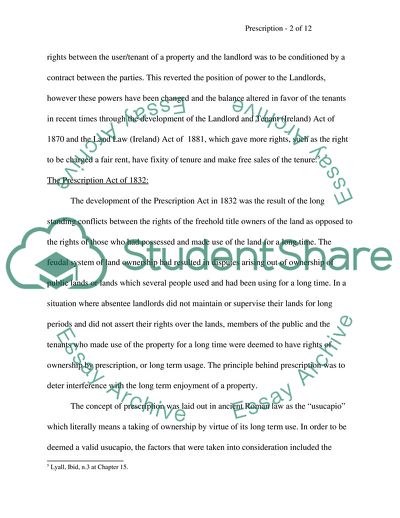Cite this document
(Land Law Assignment Case Study Example | Topics and Well Written Essays - 2500 words, n.d.)
Land Law Assignment Case Study Example | Topics and Well Written Essays - 2500 words. https://studentshare.org/law/1703133-land-law-assignment
Land Law Assignment Case Study Example | Topics and Well Written Essays - 2500 words. https://studentshare.org/law/1703133-land-law-assignment
(Land Law Assignment Case Study Example | Topics and Well Written Essays - 2500 Words)
Land Law Assignment Case Study Example | Topics and Well Written Essays - 2500 Words. https://studentshare.org/law/1703133-land-law-assignment.
Land Law Assignment Case Study Example | Topics and Well Written Essays - 2500 Words. https://studentshare.org/law/1703133-land-law-assignment.
“Land Law Assignment Case Study Example | Topics and Well Written Essays - 2500 Words”. https://studentshare.org/law/1703133-land-law-assignment.


